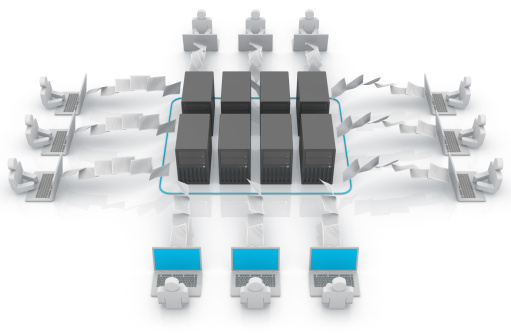The online shopper is extremely savvy and has myriads of options available to them for different products and services. They often move from site to site to compare prices, shipping costs and product features.


The online shopper is extremely savvy and has myriads of options available to them for different products and services. They often move from site to site to compare prices, shipping costs and product features.

While many organizations have adopted The Decision Model, others are actively exploring how it may improve or totally replace their current business rules approaches. The latter are asking the critical question:
How is The Decision is Model different from what we are doing and why are these differences important?

Co-authored by: Jerry Stevens, Process Strategist, Process Strategy Group
Most organizations are improving processes in some shape or form.. Many companies employ some type of improvement method, whether it is Lean, Six Sigma, TQM, BPM or some iteration of an improvement technique. They realize that the most effective way to improve how an organization provides products and services to their customers is through the review and improvement of customer facing processes.

More and more organizations are looking for ways to expedite capability mapping efforts – with limited success. Seeking shortcuts to establishing a robust baseline upon which to build business strategies and priorities, drive initiatives, target funding and drive IT architecture has delivered suboptimal results. With so much at stake and so many organizations seeking answers, I would like to say that there is a quick and easy approach to establishing capability maps and other foundational aspects of business architecture.

“People hate change!” This is a pretty well-accepted statement for those of us who work in the technology industry. Most of us involved in driving change in large organizations have the battle scars from those that were less than successful.

Education systems across the world are learning to strategically apply information technologies to make use of one of their greatest assets: data.
Predictive Analytics is a key technology that is stretching the capabilities of leaders to make more informed decisions about students, schools and special programs. Gone are the days of gut feel decisions based on the here-and-now.

Perhaps you recall my recent article: Culture Matters. Included in the article were approaches that my colleagues and I had used over the years to support change and transformation in a variety of organizations. I had listed various approaches and the first bullet in that article was:

The title of this article may cause one to think about the “edge” in a “bleeding edge” context in that the Business Architecture (BA) represents a new high risk initiative that will most likely consume vast amounts of corporate resources in order to succeed. One might consider other similar contexts such as “cutting edge” or “leading edge,” but there is another context to consider as well. In the 21st Century we live in the Information Age which is sometimes referred to as the Computer Age or Digital Age. Apart from how one refers to

Implementing new technology brings a range of challenges and this is equally true when the technology in question is a BPMS. These challenges become even greater when the BPMS is to support case management processes. Within this article I outline additional complexities case management processes exhibit, and suggest six features a BPMS should offer before being used to manage these processes.
Challenges of Case Management Processes

The problem is big. The developed world is aging. Japan went through it first and everyone will follow by 2050. During this time, a much larger population will depend on their own investments or investments made by their employers and governments as their primary sources of income. Also, the number of working people compared to the number of people beyond retirement age will decrease significantly. This number, called the support ratio, is a key indicator for social services agencies and the trend reveals a big problem.
Everyone starts here.
You're looking for a way to improve your process improvement skills, but you're not sure where to start.
Earning your Business Process Management Specialist (BPMS) Certificate will give you the competitive advantage you need in today's world. Our courses help you deliver faster and makes projects easier.
Your skills will include building hierarchical process models, using tools to analyze and assess process performance, defining critical process metrics, using best practice principles to redesign processes, developing process improvement project plans, building a center of excellence, and establishing process governance.
The BPMS Certificate is the perfect way to show employers that you are serious about business process management. With in-depth knowledge of process improvement and management, you'll be able to take your business career to the next level.
|
Courses
|
|
|
|
Courses
|
|
|
|
Courses |
|
|
Business Architecture
|
|
|
|
Courses |
Certificate
|
|
Courses
|
|
|
|
Courses |
Certificate
|